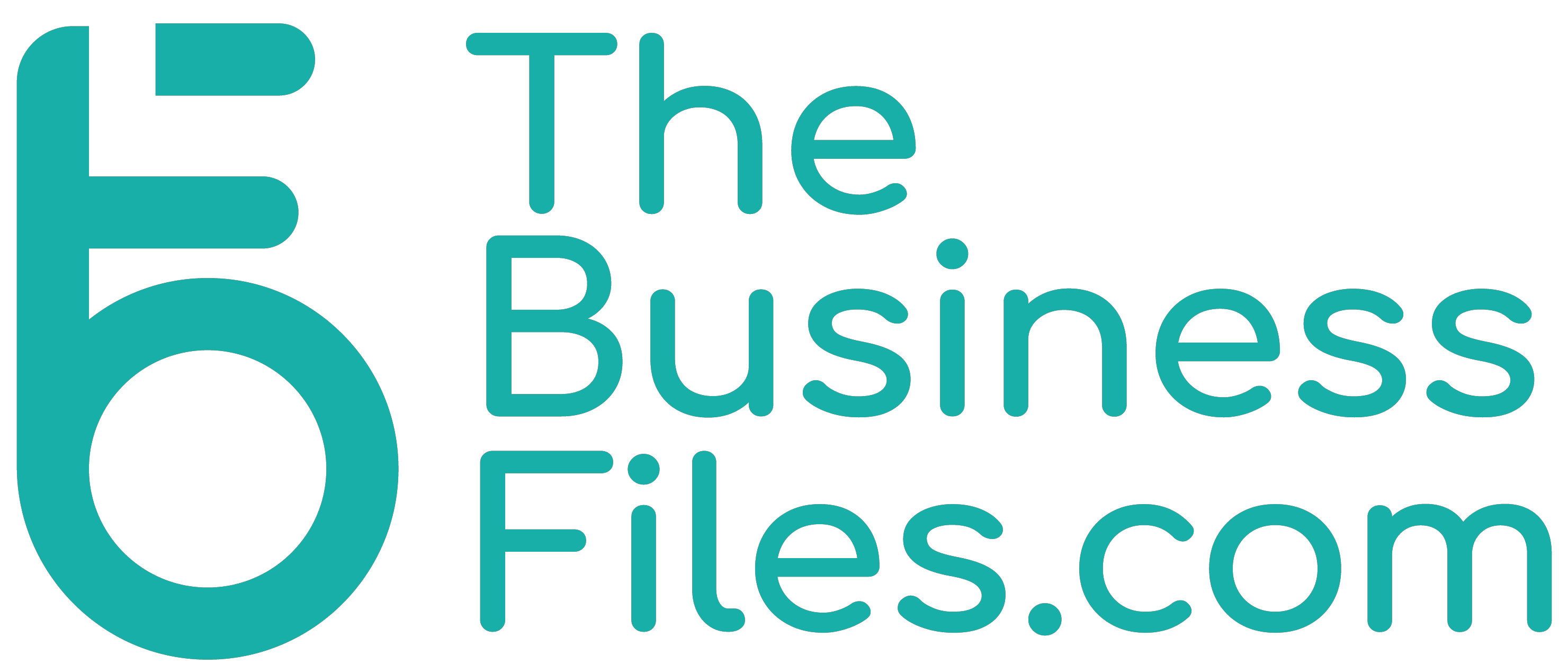|
Key Takeaways
While high inflation continues to be a thorn in the economy, there are signs the rate of inflation increasing is slowing down. Here are the latest numbers you need to know and what to look for in the upcoming economic reports.
Economists and the Federal Reserve use various measures of inflation to understand the rise in prices. Most people are familiar with the Consumer Price Index (CPI), which is the average price change consumers pay for a basket of goods over time.
Another well-known measure of inflation is the Producer Price Index or PPI. This measures the average change in selling prices received by producers for their output over time. Before 1978, the Producer Price Index was known as the Wholesale Price Index.
When you hear people talk about wholesale inflation today, they are referring to the PPI and the change in prices of goods before they are sold at retail.
The Bureau of Labor Statistics (BLS) released its Producer Price Indexes (PPI) reports for November on December 9, 2022. It showed an increase in final demand of 0.3%, with prices for final demand services up 0.4% and the final demand for goods up 0.1%.
The index for final demand rose 7.4% year-over-year at the end of November 2022. The increase was much lower than expected and indicated that inflation might finally be waning.
Even though the PPI showed an increase in prices, it’s still good news overall for the economy since it’s signaling a slowdown in price increases. This means consumers don’t have to dig deeper to find money to pay for higher living costs.
However, despite lower than expected increases, some industries are not seeing lower prices, with food being chief among them. Food had a 16.3% increase year-over-year. Industries like energy and used cars led the slowdown over the last few months.
Here is a breakdown of some of the year-over-year changes in various categories.
The stock market reacted negatively to the news, with the Dow Jones losing 270.25 points to close at 33,476.46. There was a 19.79 loss for the S&P 500, closing at 3,934.38 points. The NASDAQ also lost 33.55 points to close at 11,004.62.
These losses came on top of the previous day’s gains when the news showed that the unemployment numbers had remained unchanged.
Even though the rate of inflation slowed down considerably in November, it was still viewed and treated by the market as unfavorable.
The markets were aware that the Federal Reserve planned to raise interest rates again during their December meeting, and the increase in the PPI numbers would not deter the Fed from that plan.
Every time the Federal Reserve raises interest rates, the stock market typically reacts poorly because consumers drive the economy. An increase in interest rates results in less consumer spending, which impacts industries that rely on consumers’ discretionary income for profitability.
The Federal Reserve Board met on December 13 and 14, 2022. During these meetings, they increased the federal funds rate by the expected 0.50%. Once again, the stock market reacted negatively, but the losses were minimal.
The Fed has plans for more rate hikes in 2023, but the board has signaled that it will return to lower rates if the rate increases successfully put the brakes on inflation.
While the recent inflation report did show inflation continuing to climb higher, the rate of the climb is much slower than in previous months. This is good news as it could signal that the interest rate hikes the Federal Reserve has put into place are starting to work.
The upcoming economic reports detailing jobless claims, retail sales, and the University of Michigan Consumer Sentiment could be the catalyst the market needs to have its traditional Santa Clause rally at the end of the year.
If you are trying to invest during these unpredictable economic times, artificial intelligence could make the process much easier and far more strategic. Using artificial intelligence, Q.ai creates portfolio that align with your risk tolerance and goals. Q.ai’s Large Cap Kit or Inflation Kit might be the perfect solution for your investing needs.
Download Q.ai today for access to AI-powered investment strategies. When you deposit $100, we’ll add an additional $100 to your account.

